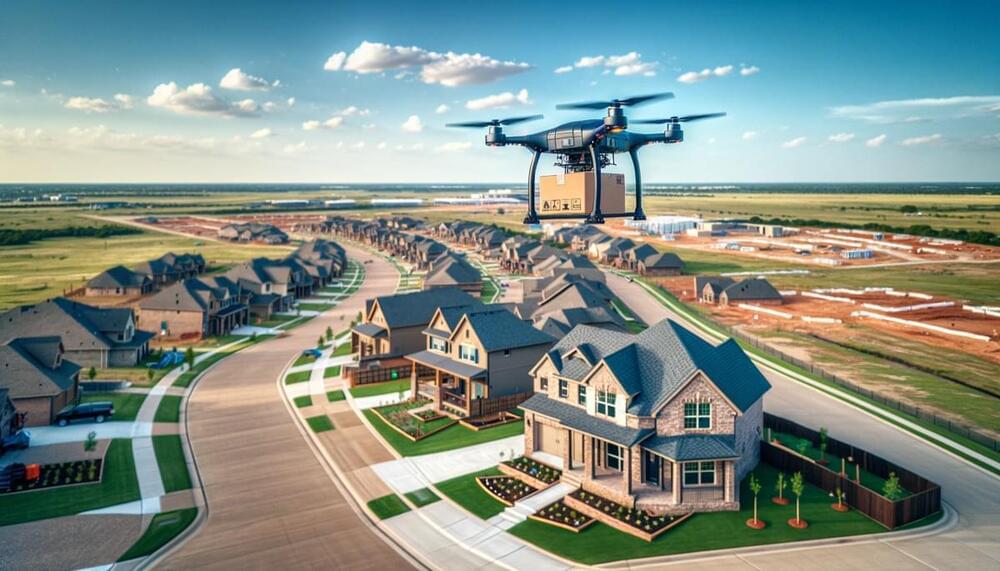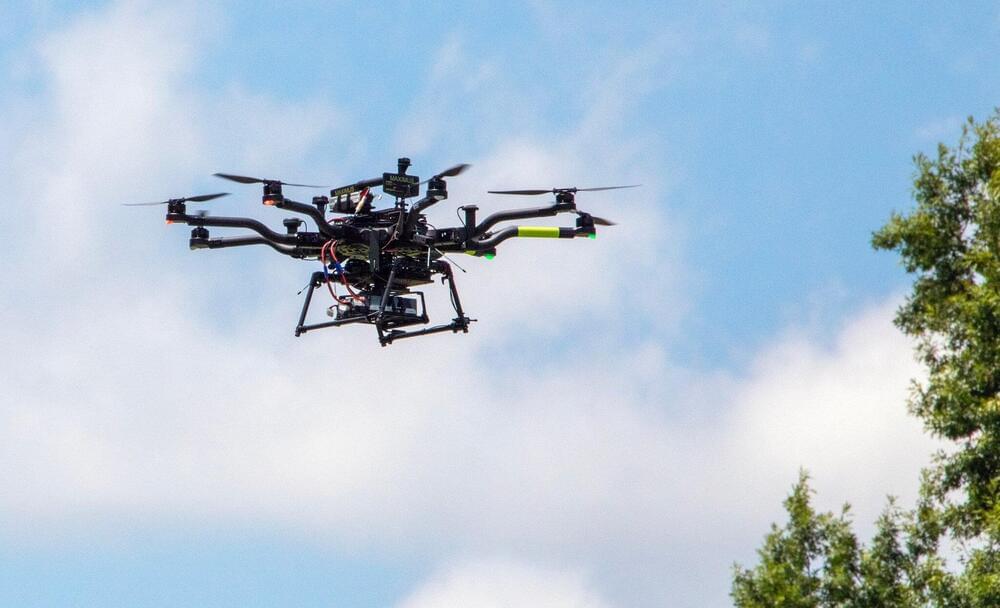2024 is expected to be the year when drone delivery finally takes flight.
What’s different about this year?
Well, most regulatory hurdles have been cleared, opening the door for retailers, medical centers, and logistics platforms to start offering drone delivery.
During testing, visual spotters were required every mile. Last Fall, the FAA authorized some drone operators to fly BVLOS (beyond visual line of sight). Now, companies such as Zipline, Wing, DroneUp, and Amazon are about to take off.



